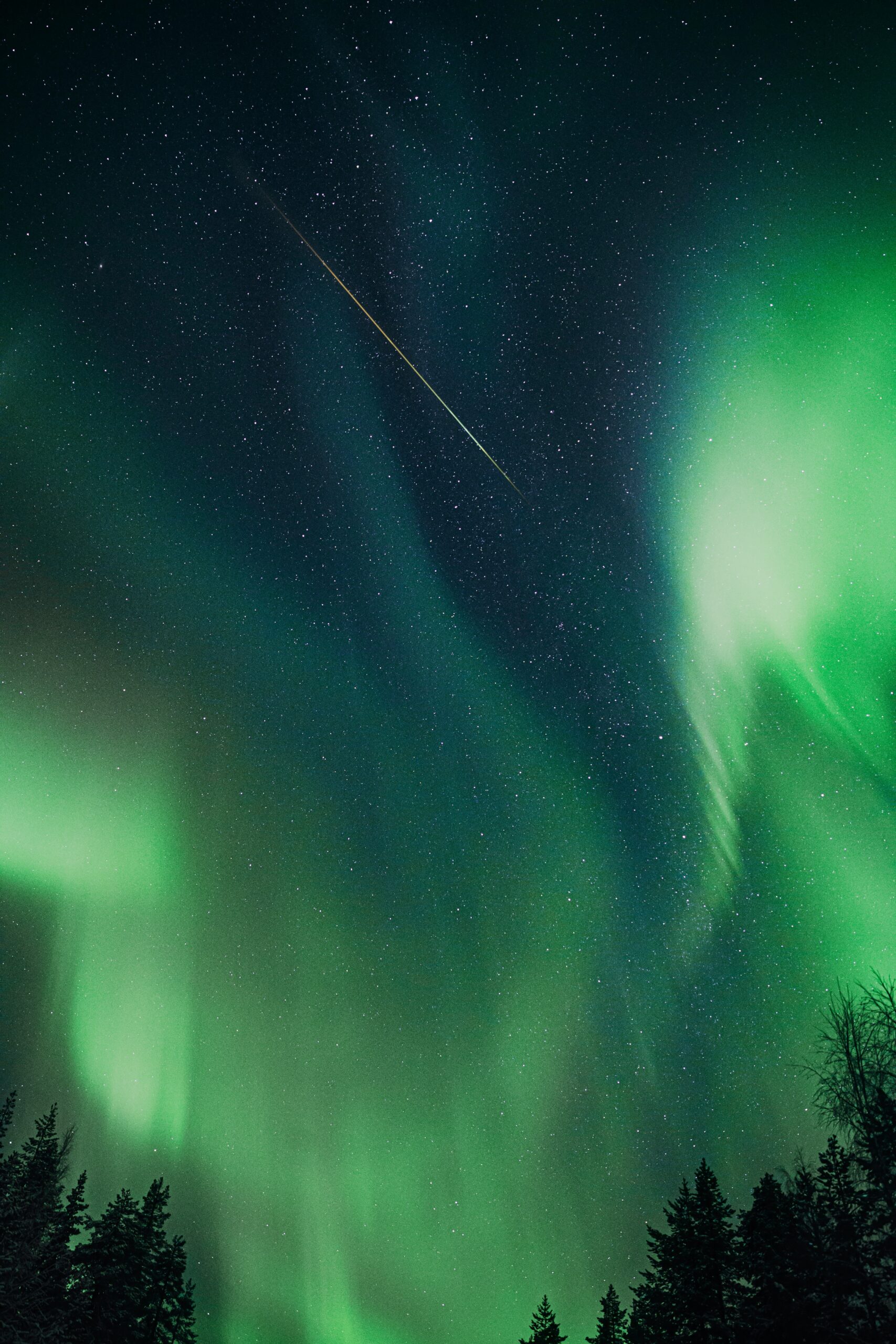
Introduction: The Muonionalusta meteorite is a celestial phenomenon that has captivated scientists and enthusiasts alike for centuries. This enigmatic piece of space rock, believed to have crashed into Earth over a million years ago, continues to reveal its secrets, offering valuable insights into the mysteries of our universe. In this article, we will delve deep into the history, composition, and significance of the Muonionalusta meteorite, shedding light on its remarkable journey from the cosmos to our planet.
- Origin and DiscoveryThe Muonionalusta meteorite’s journey began long before its arrival on Earth. Discovered in the barren landscapes of northern Scandinavia, this meteorite is believed to have struck our planet around 1 million years ago. Its name is derived from the Muonio River and the Nalati village in Sweden, where fragments of the meteorite were first found.
- Composition and Structure
- Iron and Nickel AlloyOne of the most striking features of the Muonionalusta meteorite is its composition. Comprised mainly of iron and nickel, it belongs to the class of meteorites known as iron meteorites. These meteorites are remnants of the core of a planetesimal that disintegrated in the early solar system.
- Widmanstätten PatternsWhat sets Muonionalusta apart is the intricate Widmanstätten pattern that forms within its structure when it’s cut and polished. These patterns are the result of slow cooling over millions of years in space and are a testament to the meteorite’s extraterrestrial origins.
- Age and Cosmic Journey
- Age DeterminationRadiometric dating techniques have revealed that the Muonionalusta meteorite is approximately 4.5 billion years old, making it as old as our solar system itself. This age provides invaluable information about the early solar system’s conditions and the formation of celestial bodies.
- Interstellar VoyageBefore its arrival on Earth, the Muonionalusta meteorite endured an incredible journey through the cosmos. It traversed vast distances, surviving collisions and cosmic hazards, before finally encountering our planet.
- Scientific Significance
- Window to the Solar System’s PastMuonionalusta offers scientists a unique opportunity to study the early solar system’s conditions. Its pristine composition provides crucial data about the processes that led to the formation of planets and other celestial bodies.
- Research on the Origins of LifeMeteorites like Muonionalusta may have delivered essential organic compounds and water to Earth, playing a role in the emergence of life. Understanding their composition can provide insights into the building blocks of life.
- muonionalusta meteorite: Collecting and Owning a Piece of History
- Collector’s ItemsDue to its rarity and scientific significance, fragments of the Muonionalusta meteorite have become highly sought-after collector’s items. Some enthusiasts and investors are willing to pay a premium to own a piece of this cosmic relic.
- Ethical ConsiderationsIt’s essential to note that the collection and sale of meteorite specimens often raise ethical questions, particularly when they originate from protected areas. Buyers should ensure the legal and ethical acquisition of Muonionalusta fragments.
Conclusion: muonionalusta meteorite
The Muonionalusta meteorite is not merely a piece of space debris; it’s a cosmic time capsule that allows us to peer into the distant past of our solar system. Its composition, age, and journey through the cosmos offer a wealth of scientific knowledge and inspire wonder about the vast universe beyond our planet. As we continue to study and preserve this remarkable meteorite, we ensure that its secrets are unlocked for generations to come.








